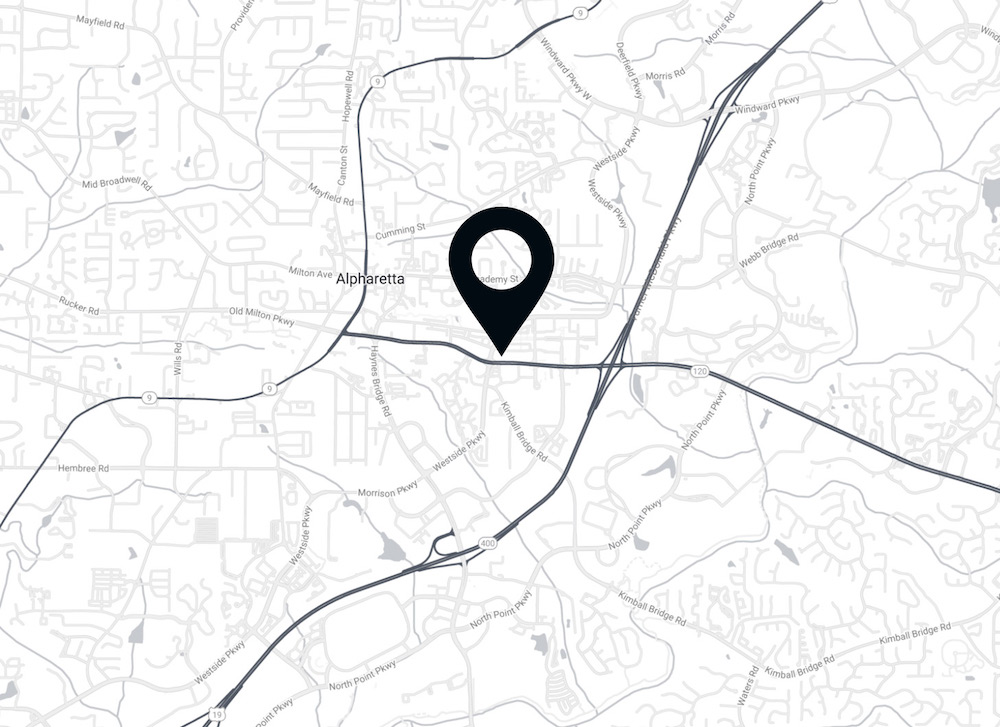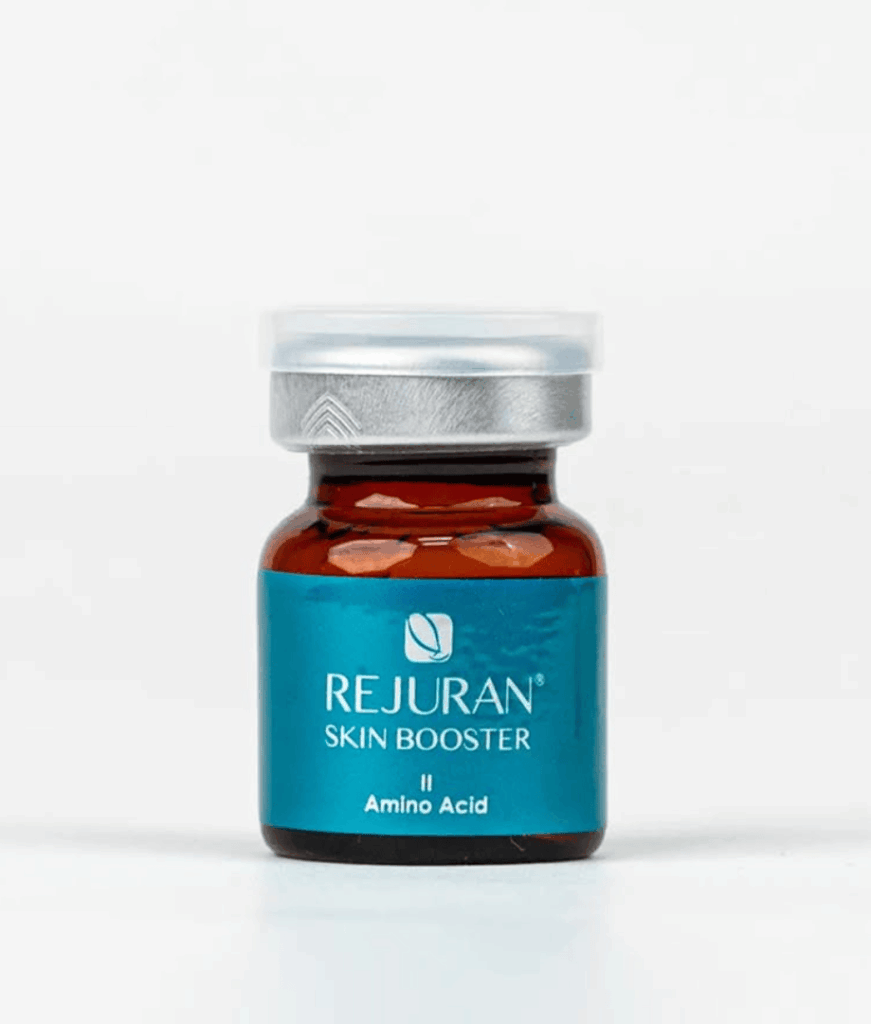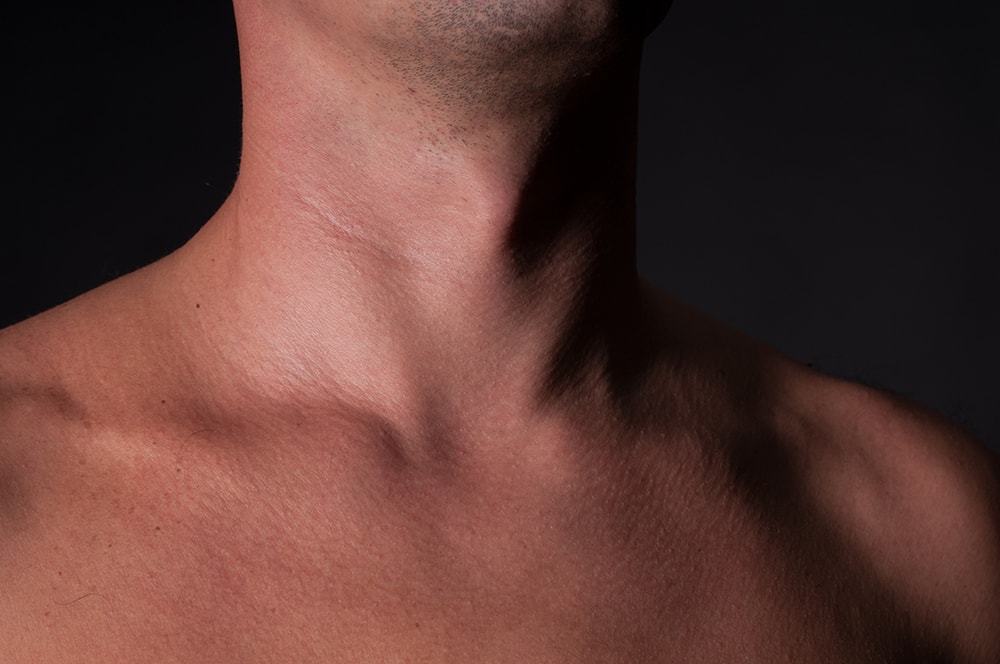Our Atlanta, GA plastic surgery center offers patients laser skin resurfacing to improve skin imperfections on the face and neck, as well as other areas of the body. Laser skin resurfacing is an advanced skin rejuvenation treatment that improves fine lines and lightens skin blemishes. It is a non-surgical treatment that is commonly used to treat sun damage by stripping injured skin layer-by-layer with controlled precision. This procedure is also referred to as lasabrasion, laser vaporization, or laser peeling. Our office is proud to use the advanced HALO® system.
- Recovery Time: 2 Weeks
- Procedure Recovery Location: Outpatient
Procedure Technique
Laser skin resurfacing removes the outer layer of skin and heats the underlying layer to stimulate growth of new collagen fibers. During this process, damaged skin cells on the outer layer are stripped away, leaving a new layer of healthy skin to grow. If small sections of the face are being addressed, the procedure will typically take about 45 minutes. A full-face treatment, or larger areas of skin, can take up to 2 hours. Multiple sessions are sometimes needed to attain the desired results.
Ablation vs. Non-Ablation
Laser skin resurfacing is either ablative or non-ablative. During an ablative procedure, an intense beam of laser light energy is directed at the skin, removing the outer thin layers. This process generally results in a longer recovery. The results, however, can be a bit more dramatic. A non-ablative laser does not remove any layers of skin. Instead, it stimulates the growth of collagen, which helps tighten underlying skin. This process offers a lighter recovery. Results will not be immediate, but will appear over the course of multiple appointments.
Technology Variations
Considered the gold standard among many practitioners is CO2 (carbon dioxide) laser resurfacing. This is an ablative method, which removes both the epidermis and some of the underlying dermis to promote collagen growth so new, healthy skin can thrive. Examples include the Sciton Laser Skin Resurfacing System, the UltraPulse CO2 and the Fraxel re:pair (fractional CO2) lasers. These are newer generation lasers that deliver short-pulse light energy as well as continuous light beams to produce customized results for each patient’s specific needs.
During/After The Procedure
After your treatment, your underarm area may have temporary swelling, soreness, numbness, or tingling for a few days, but you will have an immediate reduction in underarm sweat. Sweat glands do not come back once they are destroyed so your results will be long-term. To obtain the best results possible, two treatments spaced about 2 – 3 months apart are recommended. You can resume normal activities right after your treatment, but it is best to avoid strenuous activity, like exercise, for a few days.
“Wonderful experience as always. The team is so professional and knowledgeable as well as being approachable."
Laser Skin Resurfacing FAQs
Can It Damage Your Skin?
This procedure was created to improve the appearance of the skin. However, an inexperienced individual can damage the skin unintentionally. It is important to find a laser skin resurfacing professional who understands how the various laser technologies interact with different skin types. If done correctly, the results can be effective and long-lasting.
Lasting Results?
While laser skin resurfacing does not stop the aging process, the results can still be lasting. As patients continue to age, they may consider additional treatments.
Ablative Or Non-ablative?
While one is not better than the other, they have varying degrees of intensity and recovery. Both techniques provide nice results. During your initial consultation, we will discuss which is best for you. Factors include the patient’s aesthetic goals, skin type and how much downtime can be tolerated.



